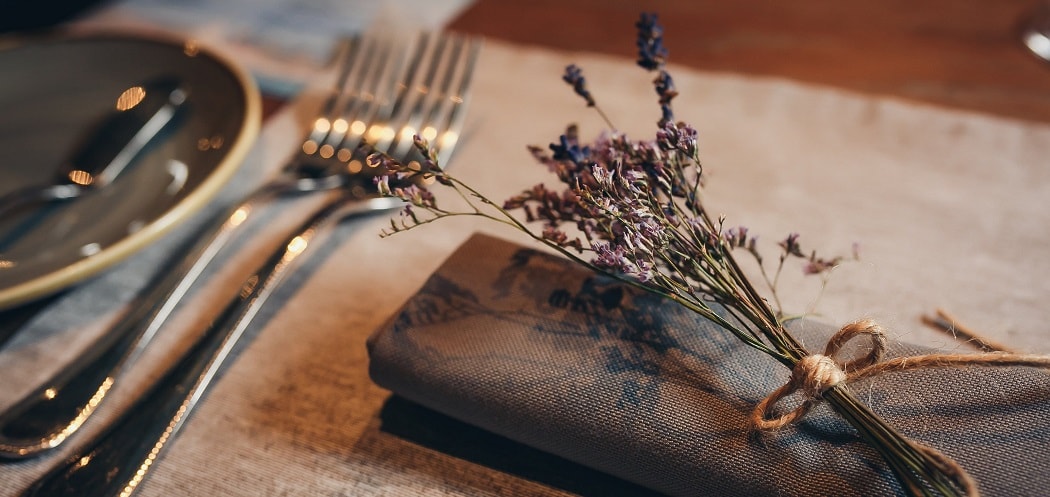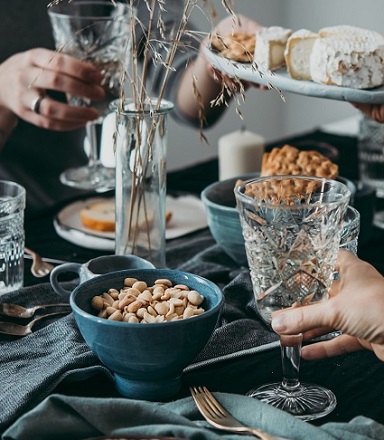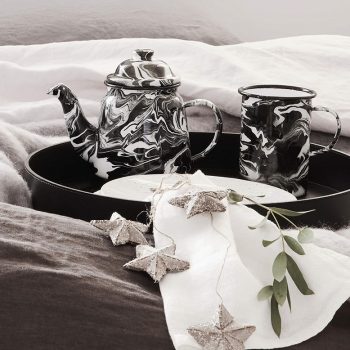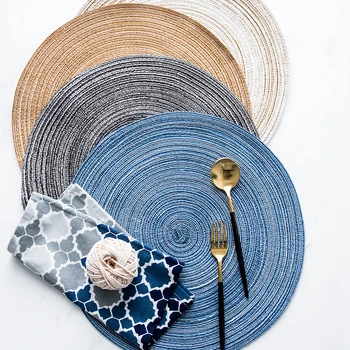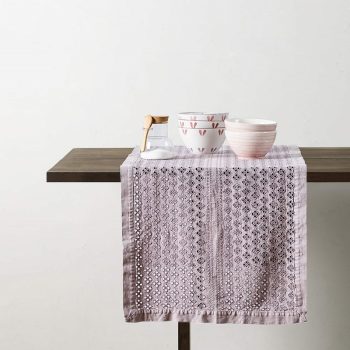limited time offer




Top Selling Products
On sale
Just arrived
Table decoration
Tableware are the dishes or dishware used for setting a table, serving food and dining. It includes cutlery, glassware, serving dishes and other useful items for practical as well as decorative purposes. The quality, nature, variety and number of objects varies according to culture, religion, number of diners, cuisine and occasion. For example, Middle Eastern, Indian or Polynesian food culture and cuisine sometimes limits tableware to serving dishes, using bread or leaves as individual plates. Special occasions are usually reflected in higher quality tableware.
“Dinnerware” is another term used to refer to tableware and “crockery” refers to porcelain and bone china produced by makers such as Sèvres in France, Meissen in Germany, Royal Copenhagen in Denmark, Royal Doulton in England, or Belleek Pottery in Northern Ireland. Sets of dishes are referred to as a table service, dinner service or service set. Table settings or place settings are the dishes, cutlery and glassware used for formal and informal dining. In Ireland such items are normally referred to as delph, the word being an English language phonetic spelling of the word delft, the town from which so much delftware came. Silver service or butler service are methods for a butler or waiter to serve a meal.
Setting the table refers to arranging the tableware, including individual place settings for each diner at the table as well as decorating the table itself in a manner suitable for the occasion. Tableware and table decoration is typically more elaborate for special occasions. Unusual dining locations demand tableware be adapted.
Dishes are usually made of ceramic materials such as earthenware, stoneware, faience, bone china or porcelain. However, they can be made of other materials such as wood, pewter, silver, gold, glass, acrylic and plastic. Before it was possible to purchase mass-produced tableware, it was fashioned from available materials, such as wood. Industrialisation and developments in ceramic manufacture made inexpensive washable tableware available. It is sold either by the piece or as a matched set for a number of diners, normally four, six, eight, or twelve place settings. Large quantities are purchased for use in restaurants. Individual pieces, such as those needed as replacement pieces for broken dishes, can be procured from “open stock” inventory at shops, or from antique dealers if the pattern is no longer in production.

